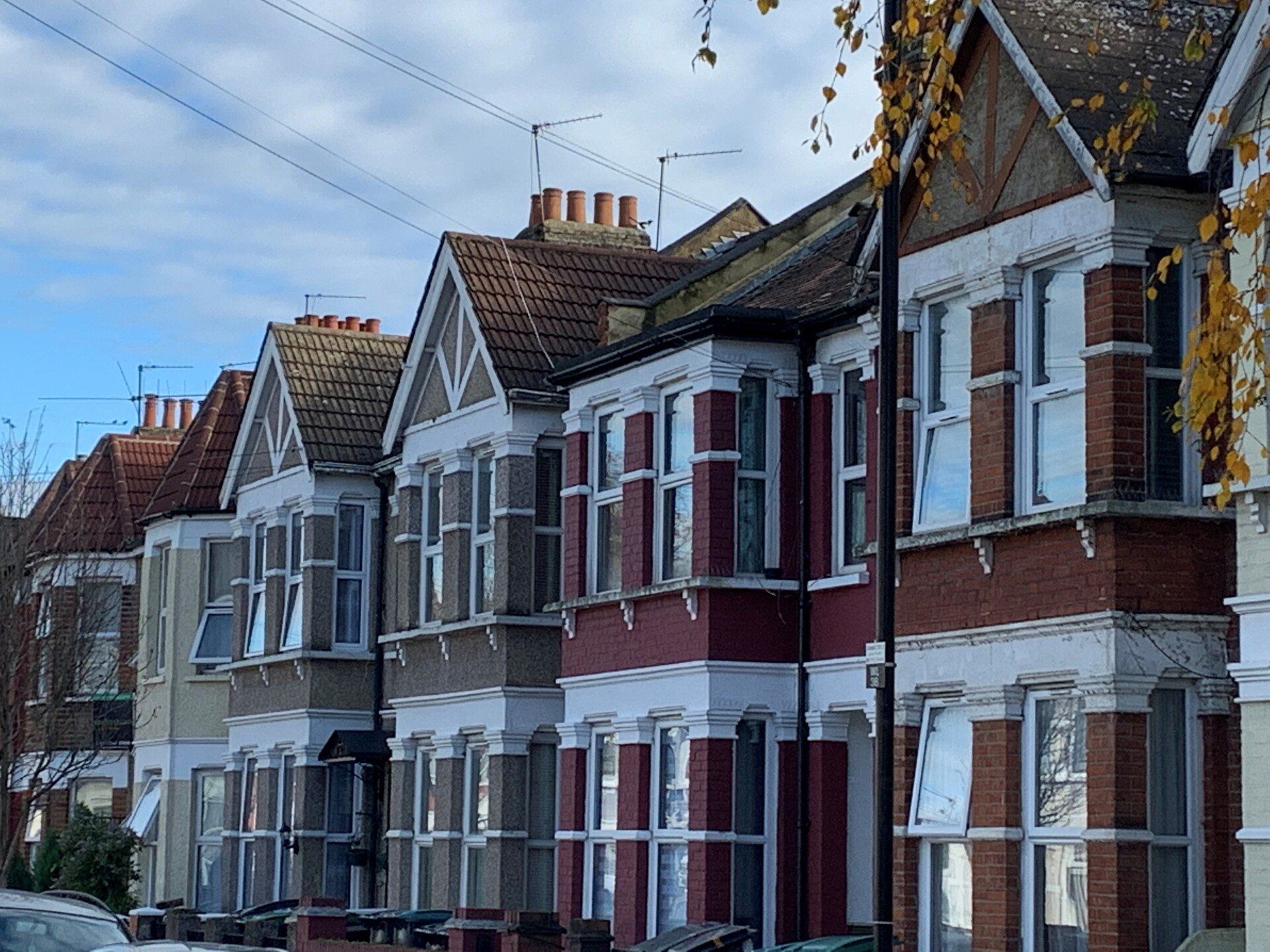Schedules of Condition for Tenants: Why They Matter
When leasing a commercial or residential property, many tenants focus primarily on rent, location, and lease duration. However, one crucial document often gets overlooked — the Schedule of Condition. This document plays a key role in protecting tenants from unjust repair liabilities and potential disputes with landlords at the end of the lease term. In this blog, we’ll explore what a Schedule of Condition is, why it matters to tenants, and how it can save thousands in potential costs.
What is a Schedule of Condition?
A Schedule of Condition (SoC) is a detailed record that documents the state of a property at the time a lease is signed. It includes:
- High-resolution photographs of all areas of the property
- Written descriptions of existing damage or wear and tear
- Notes on any defects in the structure, fittings, or finish
This document is usually prepared by a chartered surveyor and attached to the lease agreement. Its main purpose is to record the condition of the premises so tenants are not held responsible for repairing issues that existed before their tenancy began.
The Importance of a Schedule of Condition for Tenants
1. Protects Against Unfair Dilapidations Claims
At the end of a lease, landlords can serve a dilapidations claim, demanding that the tenant pays for the cost of repairs to bring the property back to its original condition. Without a Schedule of Condition, the tenant may be liable for restoring defects that were already there at the start. This can result in significant financial loss.
With an SoC, tenants can refer back to the documented condition of the property and contest any unfair charges.
2. Sets Realistic Repair Obligations
Many leases include clauses requiring tenants to keep the premises in "good repair and condition." If a property is already in a poor state, such a clause could unfairly impose excessive repair duties on the tenant. An SoC helps clarify what “good condition” actually means in the context of the property's initial state, ensuring the tenant isn't held to an unrealistic standard.
3. Avoids Legal Disputes
Legal battles between landlords and tenants can be expensive and stressful. A well-prepared SoC can prevent these disputes altogether by providing objective evidence of the property's condition. It serves as a neutral reference point that both parties agree upon at the start of the lease.
4. Boosts Transparency and Trust
Having an SoC encourages honest communication between landlords and tenants. It ensures both parties start the lease on the same page, reducing the chances of misunderstandings later. This transparency often leads to a more positive and cooperative landlord-tenant relationship.
When Should Tenants Request a Schedule of Condition?
The best time to request a Schedule of Condition is before signing the lease. It’s important that the landlord agrees to attach the SoC as an annex to the lease to ensure it's legally binding.
Even if the landlord doesn’t provide one, tenants can commission their own surveyor to create an SoC. While this comes with a cost, it is a small price to pay compared to potential repair liabilities at the end of a tenancy.
What Should Be Included in a Schedule of Condition?
An effective Schedule of Condition should include:
Photos: Clear, high-resolution images of every room, corridor, ceiling, wall, floor, and external surface.
Written Descriptions: Notes explaining the nature and extent of any damage or imperfections.
Date and Signatures: The date the report was compiled, along with signatures from both the tenant and landlord to confirm agreement.
Cross-Referencing: Numbered photographs matched to written descriptions for easy reference.
Optional additions might include video walkthroughs or annotated floor plans, especially for larger properties.
Residential vs. Commercial Leases
Residential Tenancies
In residential leases, especially for short-term rentals, an inventory check or check-in report may serve a similar function. However, a formal Schedule of Condition can still offer superior protection, particularly in furnished properties or long-term agreements.
Commercial Tenancies
In commercial leases, the stakes are higher. Tenants may be responsible for structural repairs, redecoration, or reinstatement of altered areas. A comprehensive SoC becomes essential here, especially when leasing older or previously occupied premises.
Who Pays for the Schedule of Condition?
Generally, the tenant pays for the Schedule of Condition if they request it, especially when it's not offered by the landlord. While this might seem like an extra upfront cost, it is often viewed as a wise investment.
Costs typically range from £300 to £1,000+ depending on the size and complexity of the property, but could save tenants from thousands in dilapidation costs down the line.
How to Get a Schedule of Condition Prepared
Hire a Chartered Surveyor
Look for professionals registered with RICS (Royal Institution of Chartered Surveyors) for reliable service.
Conduct a Full Inspection
Ensure the surveyor inspects both internal and external areas thoroughly.
Review the Document Carefully
Go through the final report, making sure nothing is missed and that all damage is accurately recorded.
Sign and Attach to Lease
Both tenant and landlord should sign the document, and it should be officially appended to the lease agreement.
Common Mistakes to Avoid
Not having an SoC at all: This is the most common and costly error.
Accepting landlord-prepared reports without review: Ensure it’s accurate and unbiased.
Not taking enough photos: Visual evidence is crucial.
Not getting landlord agreement: If the SoC isn’t signed and attached to the lease, it may not carry legal weight.
A Schedule of Condition may not be the most glamorous part of signing a lease, but it is one of the most valuable tools in a tenant's toolkit. It protects against unexpected costs, clarifies obligations, and builds trust between tenant and landlord. Whether you're renting a shopfront, warehouse, office space, or even a home, don’t overlook this simple but powerful document.
For friendly professional advice, contact us or call now and speak with a specialist Party Wall Surveyor.









